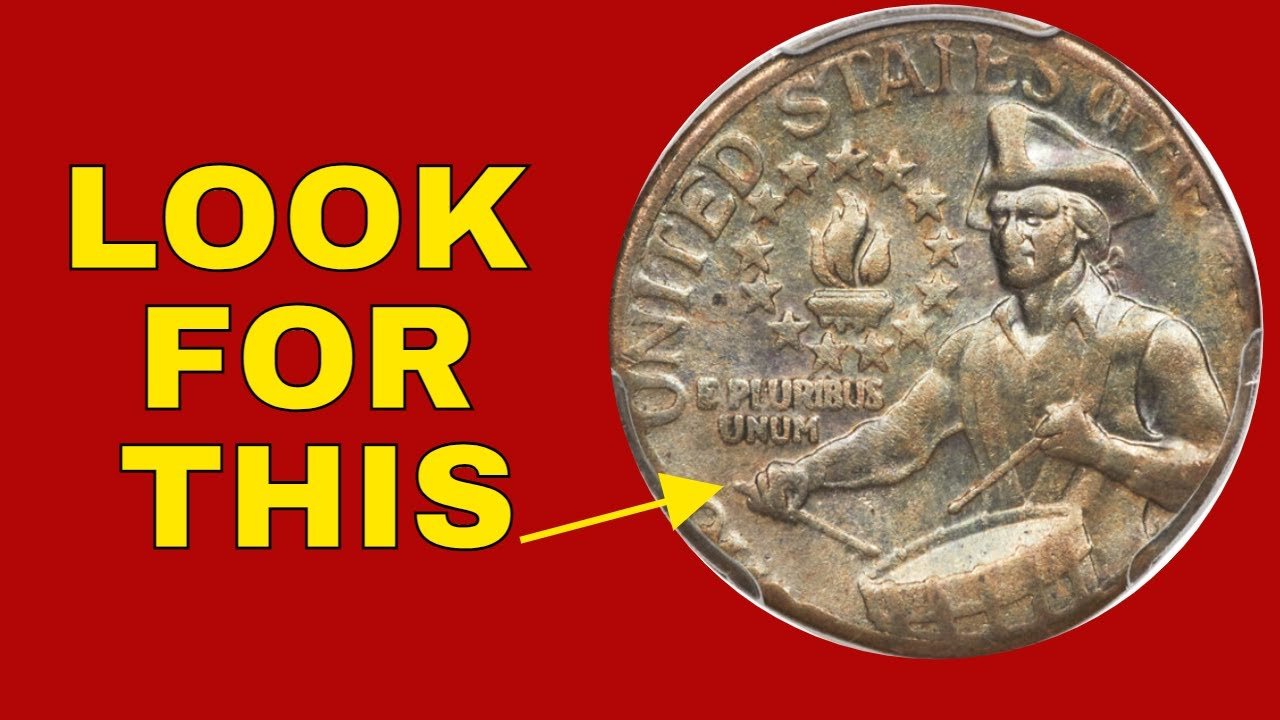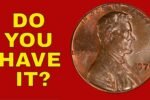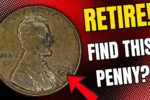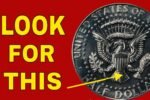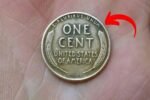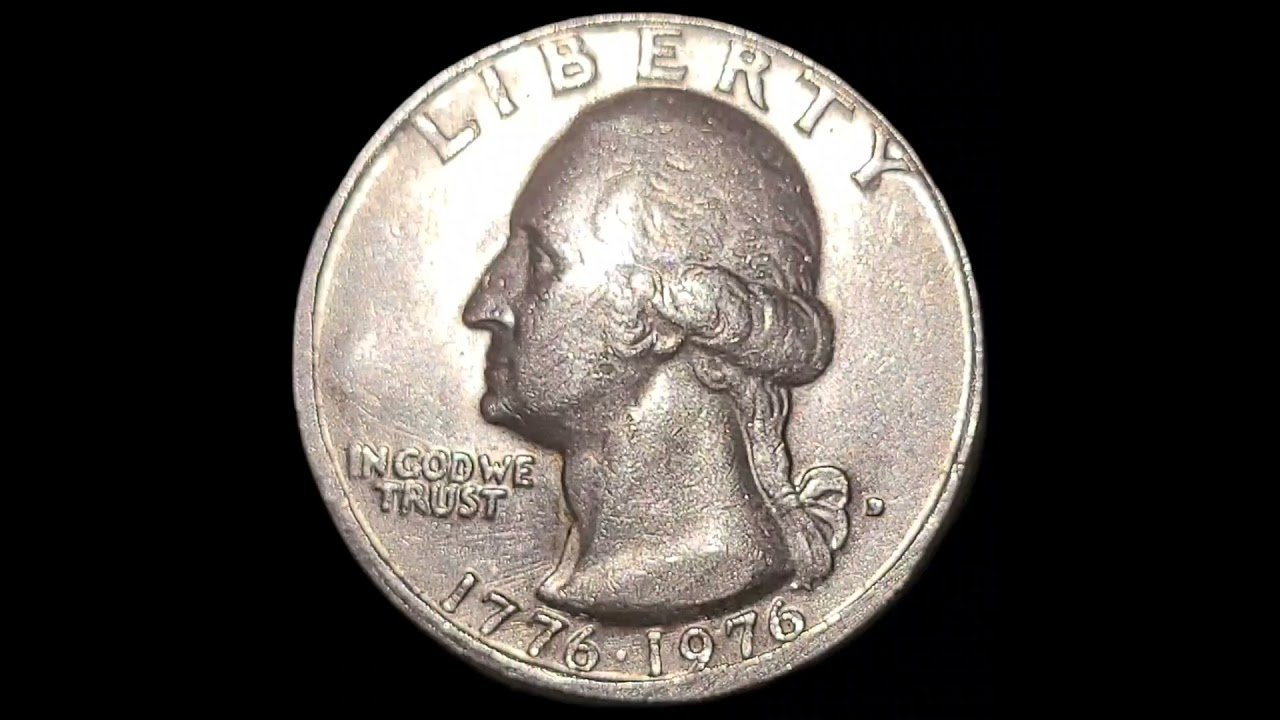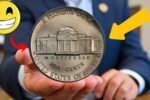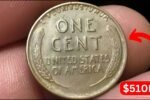Bicentennial Quarter : In the world of coin collecting, certain finds are so rare and so valuable that they border on legend. One such story that has taken the numismatic world by storm is the tale of a rare Bicentennial quarter—allegedly worth a jaw-dropping $2.5 billion—that may still be in circulation today.
But is this story fact, fiction, or a fascinating blend of both? Let’s dive into the truth behind the coin that has sparked the imagination of collectors and casual change-checkers alike.
What Is the Bicentennial Quarter?
In 1976, the U.S. Mint released a special edition of the quarter to commemorate America’s 200th birthday. These Bicentennial quarters feature a unique reverse design of a Colonial drummer boy and the dates 1776–1976, instead of the traditional eagle.
Hundreds of millions of these coins were minted, making them very common. You can still find them in your pocket change today. So what makes this one so special?
The $2.5 Billion Valuation—What’s the Story?
The rumor of a Bicentennial quarter valued at $2.5 billion likely stems from a mix of misunderstanding and internet folklore. While there are no verified records of any U.S. coin officially valued at that astronomical price, the story often points to a mysterious error coin—a Bicentennial quarter supposedly struck on a 90% silver planchet or containing a double die or other minting anomaly.
Some articles and posts speculate this mythical coin has unique features, such as:
- Misprint or minting error
- Struck in gold or a precious metal
- Unintentional limited mintage or prototype design
- Secretly produced or never released to the public
None of these claims have been verified by the U.S. Mint or reputable grading services.
Are Rare Bicentennial Quarters Valuable?
Yes—but not billions valuable.
Most Bicentennial quarters are worth 25 cents to $1, depending on condition. However, a few special versions can command more:
- Silver Proof Quarters (40% silver) minted in San Francisco can be worth $3 to $7.
- High-grade, uncirculated quarters graded by PCGS or NGC may sell for $50 to $500.
- Error coins—like off-center strikes, double dies, or wrong planchet types—can range from hundreds to thousands depending on rarity and condition.
But no Bicentennial quarter has been authenticated as being worth billions, let alone millions.
Is It Still in Circulation?
It’s extremely unlikely that such a coin—if it existed—would still be in circulation. Rare coins tend to get snapped up quickly by collectors, especially if they show any unusual features. However, the mystery and excitement of possibly finding such a coin keeps the story alive.
Should You Be Checking Your Change?
Absolutely. While the $2.5 billion Bicentennial quarter is most likely a myth or exaggeration, rare coins do turn up in ordinary pockets from time to time. Key tips:
- Look for proof or silver marks, such as an “S” mint mark.
- Examine coins for errors—double images, off-center strikes, missing details.
- Keep an eye out for exceptional condition coins with no wear.
- Use a coin magnifier and consult a reputable coin price guide or grading service if you suspect you’ve found something special.
The Bottom Line
The tale of a $2.5 billion Bicentennial quarter is more urban legend than verified history—but it serves a valuable purpose: sparking curiosity, inspiring treasure hunts, and reminding us that sometimes, great value can be hiding in plain sight.
So next time you get change at the store, take a closer look. While you may not walk away with billions, you might just find a piece of American history jingling in your pocket.
Frequently Asked Questions (FAQs..)
Q1: What is the Bicentennial quarter?
A: The Bicentennial quarter is a special U.S. quarter issued in 1976 to commemorate the 200th anniversary of American independence. It features a unique reverse design of a Colonial drummer boy and the dual date 1776–1976 instead of the usual eagle.
Q2: Why is one Bicentennial quarter said to be worth $2.5 billion?
A: The claim that a Bicentennial quarter is worth $2.5 billion is likely an urban myth or internet hoax. There is no verified record from the U.S. Mint, professional grading services, or auction houses that any such coin exists at that value. The story persists online but lacks any factual foundation.
Q3: Could there be a rare Bicentennial quarter actually worth a lot of money?
A: Yes—but not in the billions. Some rare versions of the Bicentennial quarter, such as:
- 40% silver proof coins from San Francisco
- Error coins (e.g., double die, off-center strike)
- High-grade uncirculated examples
…can be worth anywhere from $5 to several thousand dollars, depending on rarity and condition.
